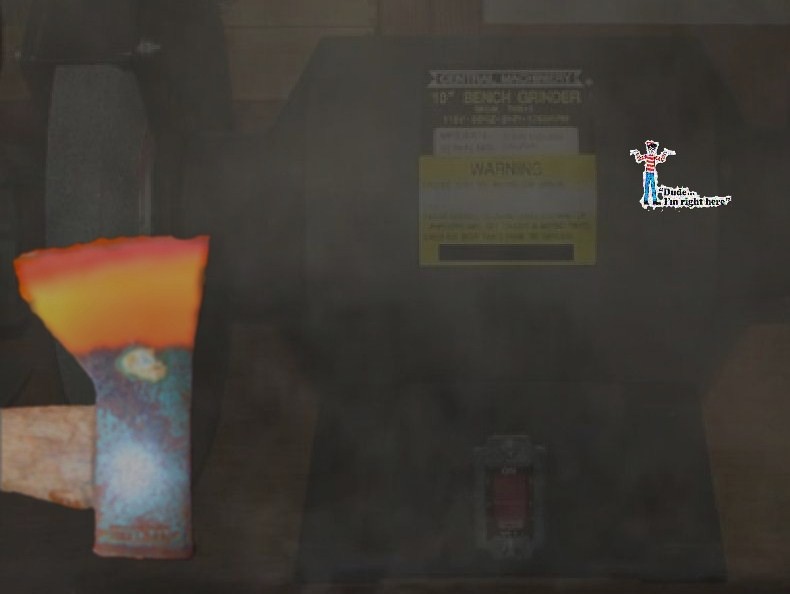- Joined
- Feb 21, 2017
- Messages
- 362
The people that use an axe to pay their mortgage probably don't care what people on the internet say is the best as proper way to do things. The people that don't, that's what the hipster thread is for.
The BladeForums.com 2024 Traditional Knife is available! Price is $250 ea (shipped within CONUS).
Order here: https://www.bladeforums.com/help/2024-traditional/
The people that use an axe to pay their mortgage probably don't care what people on the internet say is the best as proper way to do things. The people that don't, that's what the hipster thread is for.
Axe earns a mortgage = real man.
Axe goes camping, carving, splits firewood, kept as family heirloom, etc. = hipster.
Got it. Thanks for clearing that up.
And you might get a tack boot up your ass if you stand over his shoulder and explain why he isn't doing it the proper way.
That would be an aggressive response to someone making an observation.

I took my axe over to the grinder earlier to do some edge work and in the split second I looked down for the start switch this happened:

And I didn't even have time to get the switch turned on!
Bob
PM me if anybody wants a free boat anchor (kinda shaped like a bench grinder).
There is a video on YouTube about felling redwoods before chainsaws. The is a short clip showing guys sharpening an axe on a gnarly looking hand crank wet wheel. The stone surface was far from flat and the guy doing the sharpening was rocking the axe up and down, side to side. He didn't seem worried about getting a perfect 20° convex edge. To him the proper way seemed to be getting the axe back in service so trees could get logged.


The rocking motion is deliberate. A wheel will create a hollow if you don't do that, while a fore/aft pulse creates a blended convex. Look up just about any old instructional material on grinding an axe with a wheel and you'll see that advice proffered. Here's an excerpt from the ©1960 textbook "The Farm Shop/img]
Part of the problem is that most cheap wheels that folks are using (pretty much anything you find in a hardware store) are way too hard and slow-wearing, and not a good match for heat treated thin sections of steel. Softer resinoid bonds tend to be best, but the wheels wear out faster. Still possible to burn an edge even with the right wheel, though, if you don't use prudent technique.

That's a nice old Mann... lucky find.
No matter what you do or how careful you are the very edge or tip of a blade can and will become red hot within the blink of an eye when you use a grinder, especially one that is not water cooled.
The first thing I look for when I pick up an old axe is how bad it has been butchered on a bench grinder. Hollow ground and by how much. Way too many have suffered from Harry home owner with his bench grinder in the garage doing it the fast way. I just picked this little cruiser up this week end. Its going to take some file work but I think it will be worth it and this is not an extreme case.

